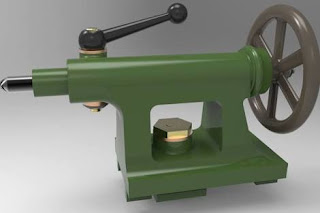Center of Gravity Defined
Have you ever heard someone say that one of the advantages of being short and stocky is that you're less likely to get knocked over? They might have even mentioned that it's because the short and stocky person has a lower center of gravity. The center of gravity (CG) of an object is the point at which weight is evenly dispersed and all sides are in balance. A human's center of gravity can change as he takes on different positions, but in many other objects, it's a fixed location.
Follow me through a quick experiment. You'll need the following:
- A #2 pencil
- A fine edge like a ruler or a credit card
- A permanent marker
- A ruler (if you don't have one, you may be able to eyeball it)
Step 1: Attempt to balance the pencil on the edge you have selected.
Balancing the pencil may take some trial and error. The point at which the pencil balances may not be where you first thought. If it begins to tip in one direction, move the pencil back slowly in the opposite direction until it will stay there on its own.
Step 2: Once the pencil is balanced, mark the location of the balancing point with a permanent marker.
Step 3: Measure the distance between the ends of the pencil and the balancing point you have marked. Are the two lengths equal? On my pencil, the length from the eraser to the balancing point was actually 1.25 inches less than the length from the pencil tip to the balancing point. Why would this be the case?
In our experiment, the balancing point was another word for the center of gravity of this pencil. In other words, if we cut the pencil in two at the mark we made in the experiment, the two parts would be equal in weight. However, they are not equal in length. As you may have already figured out, the metal piece that houses the eraser contributes more to the weight of the pencil, so the CG is closer to that side of the pencil.


Comments
Post a Comment